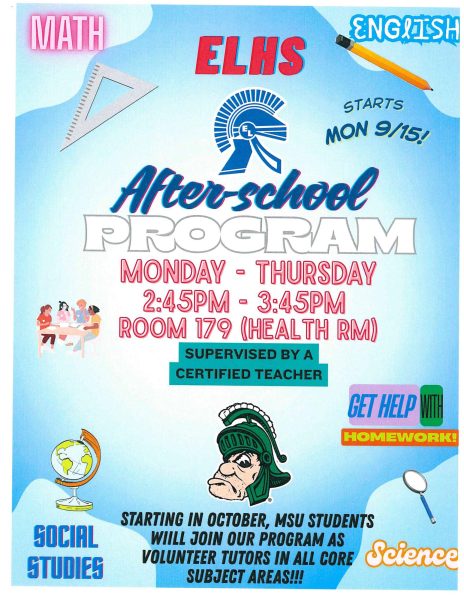Ins and outs of contact tracing
The importance of vaccines, emails and seating charts

Contact tracing is a term that is thrown around everywhere, but many people don’t understand the specifics of how it’s conducted.
The school first receives an email from a student or their parent, saying that the student tested positive for COVID-19. The positive cases mostly come from tests that happened outside of school, and there are rarely positive cases for in-school COVID testing, according to Associate Principal Ashley Schwarzbek.
“We’ve seen very little community spread within our building,” Schwarzbek said. “[Community spread] meaning that someone that we identified as a close contact became positive with COVID.”
Schwarzbek leads and manages most of the contact tracing, but she does get occasional help from other administrators and the district school nurse.
Every staff member gets notified of which students reported positive for COVID at any given time, and the teachers with a COVID-positive student in one of their classes are extra careful. Staff members will also share their class seating charts to a shared Google Drive folder and the students who sat near the infected student, according to the seating chart, are notified by email that they’ve been exposed to someone who has COVID.
“The expectation for teachers is that students are in their assigned seats,” Schwarzbek said. “If you have been within 6 feet of someone for more than 15 minutes within a 24-hour period, then that’s where we start to contact trace.”
It is also critical for students to scan the QR codes at lunch tables, which perform a similar task to seating charts in classrooms. Dining outside also significantly reduces the spread of COVID and other diseases.
Students who had contact with COVID-positive students but are fully vaccinated against COVID don’t need to be quarantined.
“We ask that [parents] monitor them for symptoms and then if they would become symptomatic that you would get them tested for COVID,” Schwarzbek said.
Unvaccinated students are required to do either a 10-day quarantine or enter the test-to-stay program, where if they test negative seven days in a row, they can return to school.
“There were days where I had four positive cases in a day, and there’s a lot of days where I had zero,” Schwarzbek said. “[Reporting a positive case and dealing with it] can take anywhere from two to six hours.”

Yezong Zhang is a member of the Class of 2024 and one of the staff writers for Portrait. This is his first year on staff as a sophomore. Yezong’s favorite...







